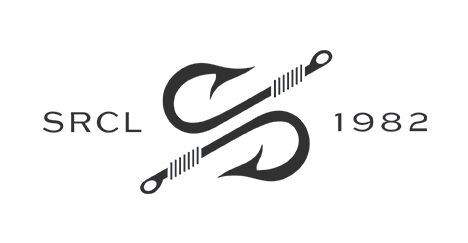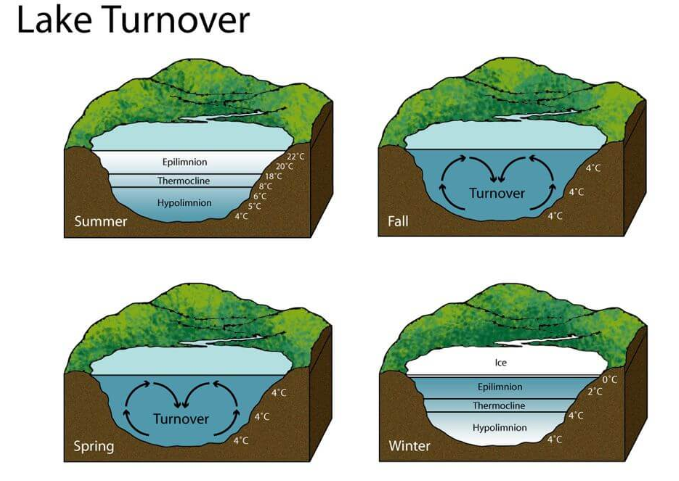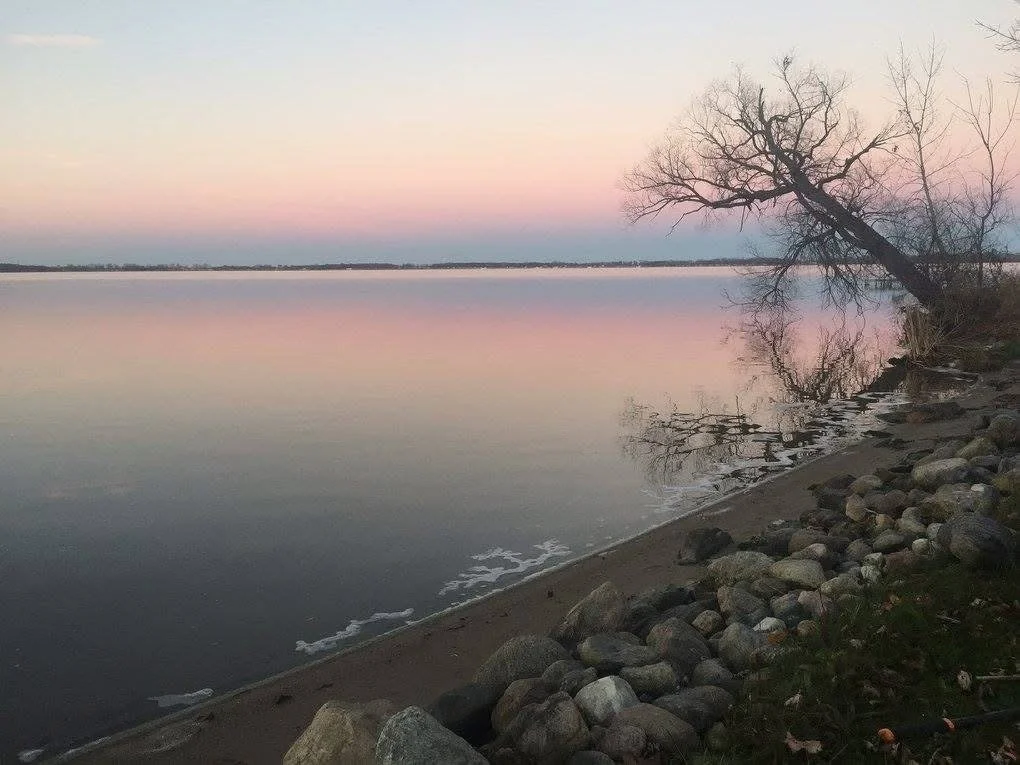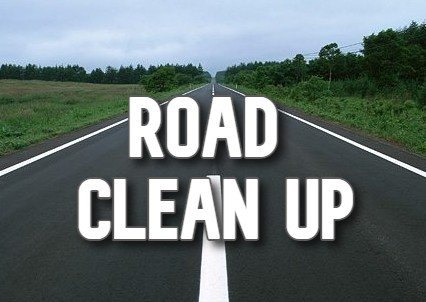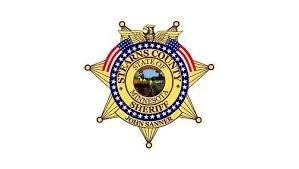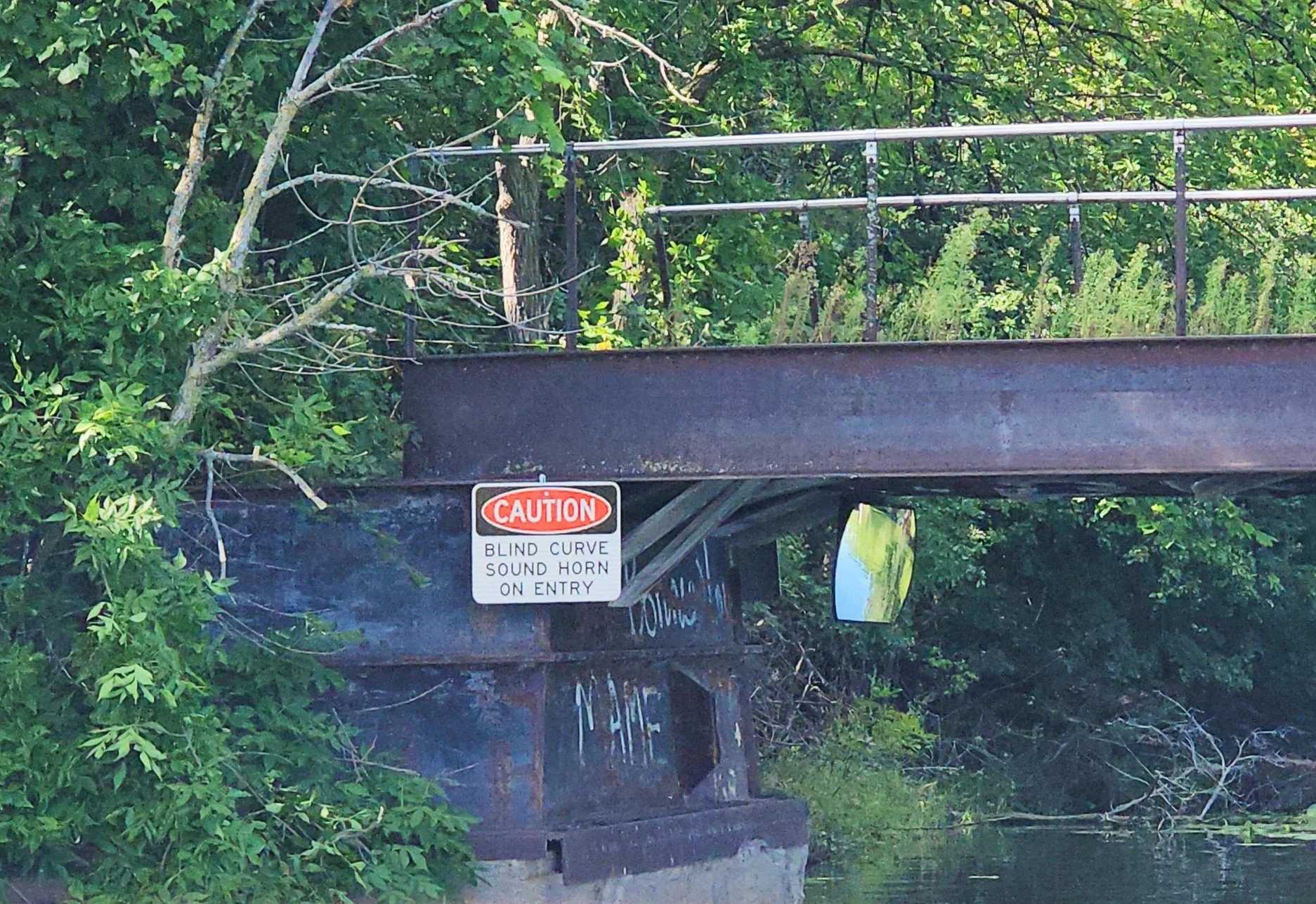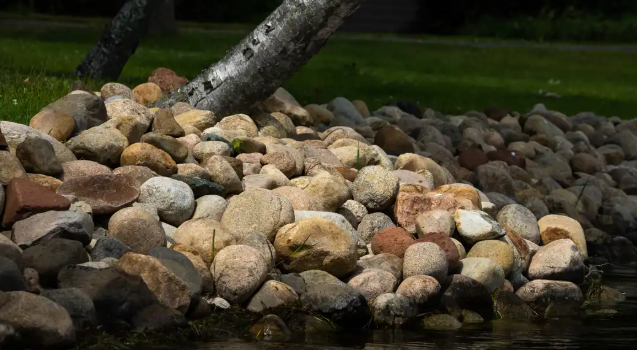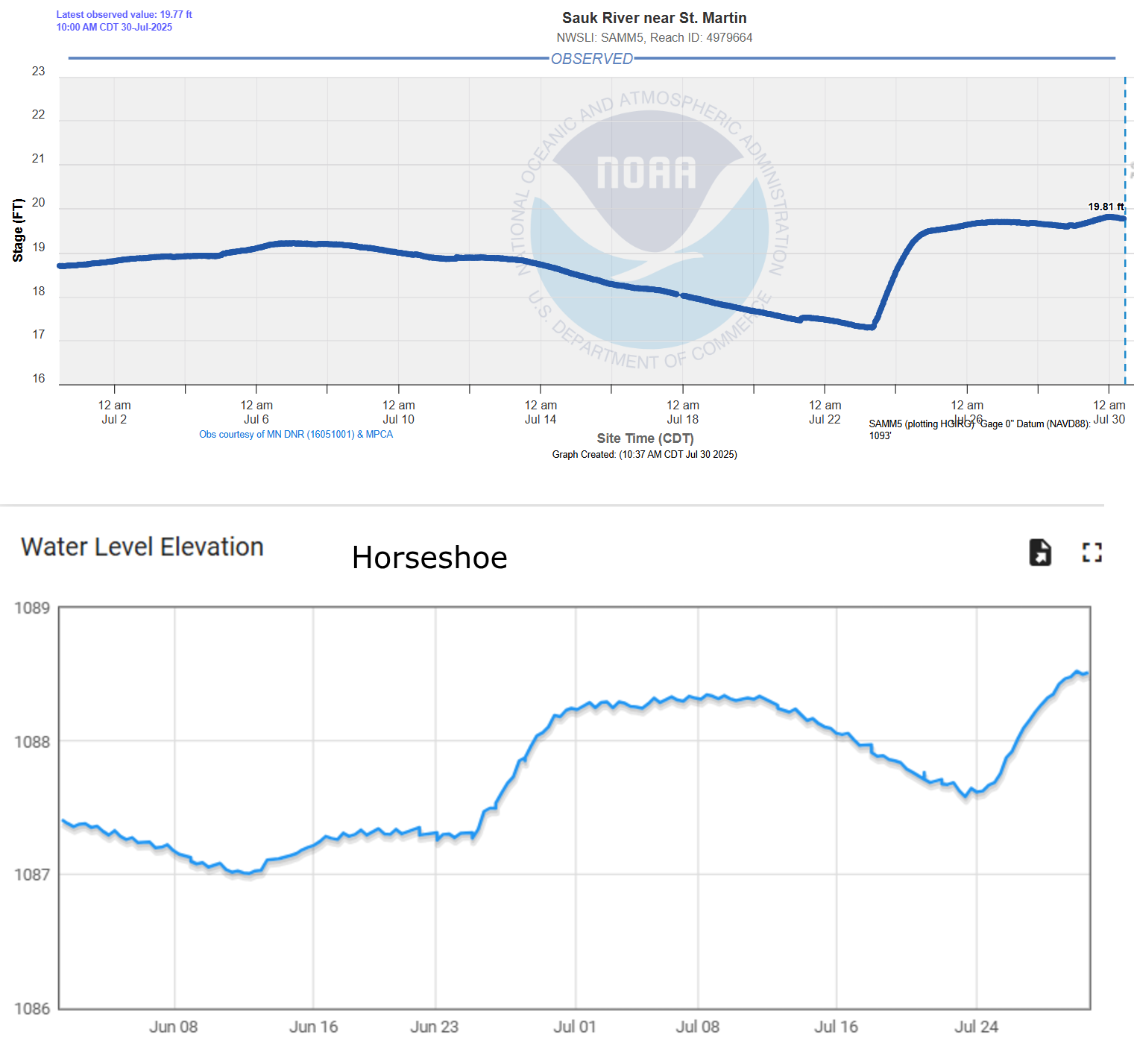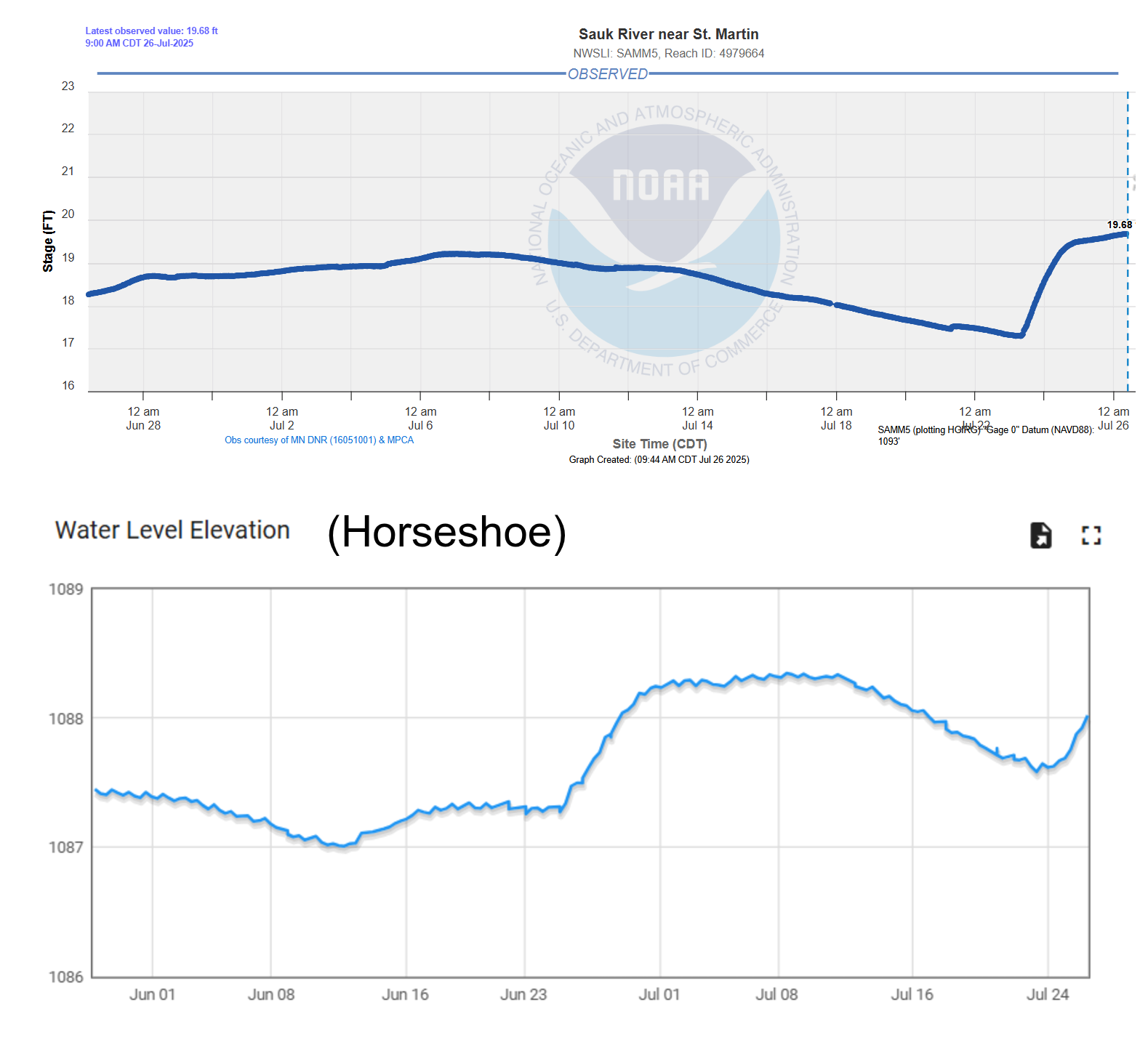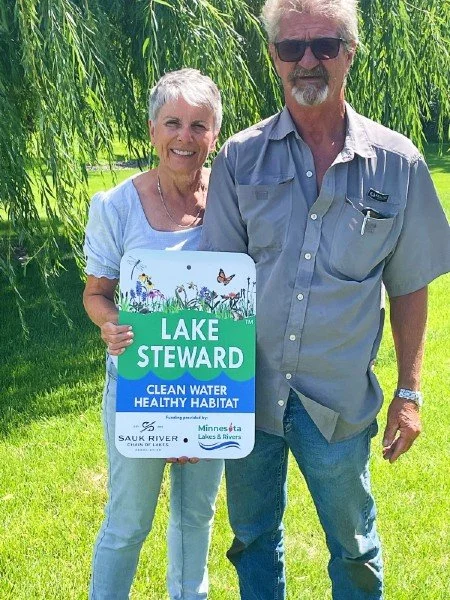Lake Turnover
Lake Turnover
Once again, our most visited page on the website is Water Levels on Horseshoe, and this time of year, the most interesting data point is the water temperature. If you’ve been keeping an eye on it, you’ll notice that the temperature was holding steady at 39 degrees, which is when water reaches its maximum density. The unique property of water reaching maximum density above its freezing point is the driving force behind the natural process of "lake turnover," which typically occurs in the spring and fall.
During the fall, as the surface water cools, it becomes denser and sinks, forcing the less dense, warmer water from the bottom to the surface. This process continues until the entire water column reaches a uniform temperature and density of around 39.2°F, allowing the wind to mix the layers. This mixing is crucial for the health of aquatic ecosystems because it redistributes oxygen throughout the lake and brings nutrient-rich sediment from the bottom to the surface.
It looks like nothing is happening, but it’s one of the most unique phenomena in nature!
Look for the lakes to start icing over in the coming days, especially with the cooler temps. And remember, report ice in dates on our Facebook page and include photos to be entered into a drawing for SRCLA swag!
Let’s track our ice in and out dates!
Ice In and Out Dates!
In the spring of 2025, we had a question about ice out dates on the Chain, which we did not track at the time. Other than MN DNR records (which are contributed by citizens to their Facebook page), we had no official record for our lakes!
We want to change that! The ask? Monitor your lake, and when you see conditions matching the official ice-in definition (you can find it on our new Ice In/Ice Out page on the website!), reply to this Facebook post with 1) lake name 2) date of observation 3) photo if possible 4) did you go the extra step and post to the DNR Facebook page?
All valid entries will be entered in a drawing for an SRCLA Goodie Bag.
Boat Wrap Law
NEW Boat Wrap Law
The Minnesota Boat Wrap Stewardship Law requires boat wrap producers to take full responsibility for the collection, recycling, and proper disposal of their products. Per the law, beginning September 1, 2025, no person may use, sell, or offer boat wrap for sale in Minnesota unless the producer responsible for that brand participates in an approved stewardship plan. A list of producers participating in the program can be found on the MPCA website.
The SRCLA talked to our local marinas to see how they were interpreting the new law. So far, the law only stipulates that the companies that sell boat wrap to marinas on a wholesale level must be certified. There doesn't appear to be a mechanism in place to implement and enforce the law at the retail/consumer level yet, so we expect more clarification to come from the MN MPCA in the future. We'll provide updates on this as more information becomes available.
Go to the Wrap Stewardship Program website to learn more. https://www.pca.state.mn.us/air-water-land-climate/boat-wrap-stewardship-program
Gambling Season Opener!
We're back!
Our biggest fundraisers start back up next week - all at Shady's Long Shots!
Bingo starts back up on Wednesdays at 6:30, starting Oct 15 (we start selling packs at 6)
Our Meat Raffle is at 6 on Fridays, and that starts up on Oct 17
Horse Racing is on Sundays at 1 starting Oct. 19
Buoy Partners Follow Up
Follow up to Facebook question
Our recent post highlighting the bi-annual process of installing and removing Rock buoys prompted a great question that boils down to "Are No Wake restrictions still in effect before and after the marker buoys are in place?" We checked in with the Stearns County Sheriff's Office and learned a lot.
Three separate ordinances cover the No Wake zones on the Chain (see the full list here). The short story is that of the seven No Wake zones, two are in effect all year, whether buoys are in place or not. Those two zones are the channel between Little Cedar and Cedar Island Lake, as well as the section of the Sauk River between the Hwy 23 bridge in Cold Spring and the Co. Rd. 2 bridge.
For the five other No Wake zones, restrictions are only in effect between Memorial Day and Labor Day. However, in the interests of maintaining a healthy Chain, let's all slow down in those areas all year long, as wake-induced erosion doesn't stop when the buoys are absent.
Thanks to Ken K for asking about something that many of us have wondered about. Keep those questions coming!
Road Clean Up Oct 4
The Sauk River Chain of Lakes Association's fall "Adopt a Highway Cleanup" is scheduled for Oct 4
The Sauk River Chain of Lakes Association will be conducting its spring "Adopt a Highway Cleanup" on October 4th. We will meet at 9am at the Horseshoe Lake Public Landing just off Highway 22 in Richmond. Our stretch of road cleanup extends from the public landing South to Cozy Corners Resort. We invite you to participate to help remove litter from this stretch of highway that borders five of the lakes on the chain. With 10-15 volunteers, we can accomplish the cleanup process in less than 2 hours. If you can participate, drop an email to Jon Folkedahl at folkedahljon@gmail.com so you can be alerted should there be any updates. We look forward to having you join the crew!
Please watch this short educational video from the MN DOT prior to the cleanup day. This video is also on our SRCL Educational Videos page.
Buoy Partners!
SRCLA and Stearns Co. Sheriff partner for buoy removal.
The SRCLA has had a partnership with the Sheriff's Office for a number of years, whereby we supply approximately 15 Rock buoys and the GPS coordinates of hazardous locations throughout the Chain so we can alert boaters to shallow prop-damaging spots. The Sheriff's Office utilizes the same specialized equipment they use to install and remove No Wake buoys to install and remove our Rock buoys.
Board member Jon Folkedahl accompanied the team this week to help out with the challenging removal process. The Rock buoys will be power-washed and stored until they're redeployed again in the spring.
A major shout-out to the Stearns County Sheriff's Office for their ongoing support of this initiative!
NO WAKE RESTRICTIONS LIFTED
The Sheriff’s Department has lifted the NO WAKE restriction.
The Stearns County Sheriff’s Office has lifted the special NO WAKE restrictions previously placed on the Chain. For more details, see the News Release here.
Deep Dive 4: Native Buffers - do they make a difference?
Deep Dive 4: Land Use and Lake Steward Program
With summer officially wrapping up, we're wrapping up our report out on the Survey Results. This is the fourth and final ‘Deep Dive’ into the comments we received with the Survey last fall (here are the full survey results: https://www.srcl.org/s/SRCLA-2024-Member-Survey-Results.pdf).
Some of the feedback we received from last year’s survey had to do with our efforts to encourage shoreline owners to consider installing a native buffer instead of mowed grass to the water’s edge. The general question was “Does it really make a difference”?
The answer is an unequivocal “YES”! A key cause of poor water quality is the inflow of undesirable nutrients as runoff from lawns, farms and roadways. One of the most damaging chemicals is phosphorus, which is used in many lawn fertilizers. One pound of phosphorus enables the growth of 500 pounds of algae, so even incremental reductions in runoff can make a big difference in nuisance algae.
Here’s a link to an informative summary from the MN Natural Shoreline Partnership as found on the Minnesota Lakes and Rivers (MLR) website: https://mnlakesandrivers.org/nsp/
The Minnesota Natural Shoreline Partnership aims to reshape perceptions, attitudes and policies around lakeshore development and stewardship, inspiring the dedication and action needed to protect and restore natural shorelines for the benefit of people, fish, and wildlife habitat, recreation, lake health, and water quality.
And here’s a link to a DNR article with a lot of useful information about the benefits of installing a native buffer zone and other steps you can take to foster a natural shoreline: https://files.dnr.state.mn.us/publications/waters/shoreline_alterations_lakescaping.pdf
If you’re interested in finding out more about options to improve your own shoreline, there are a number of convenient resources available to you.
The Stearns Conservation District (SCD) has a team of specialists that will visit your site and make recommendations about how you can reduce runoff and/or address erosion. They will draw up detailed plans that you can use to get bids from contractors. There is a cost-share program that can cover up to 75% of eligible project costs via state funds administered by the county. For more information on the SCD’s shoreline program, contact Greg Berg (greg.berg@mn.nacdnet.net).
The SRCLA also has a Land Use budget that may provide subsidies of up to 25% of eligible project costs. Contact Rick Reimer (rick.reimer64@gmail.com), our Land Use/Lake Steward Lead, if you’d like to learn more about our program, which can be used in conjunction with the county program.
And then there’s the exciting new Lake Steward program. The SRCLA is one of more than 50 lake associations that are participating state-wide. The first step is to take a short on-line “Are You a Lake Steward?” quiz to assess how your property impacts water quality. You’ll be connected with a trained SRCLA evaluator, and they’ll schedule a site visit to view your property and offer personalized tips to restore habitat, reduce erosion and manage runoff. If your property meets the criteria, you’ll proudly earn a Lake Steward sign—a visible symbol of your commitment to protecting our lakes for future generations. You can find out more about the Lake Steward program (including a link to the on-line quiz) at the Minnesota Lakes and Rivers website: https://mnlakesandrivers.org/lake-steward/
In the first few years since we’ve joined the program, nine properties around the Chain have been awarded Lake Steward signs. See if your neighbors are among them via this link: https://www.srcl.org/lake-stewards JOIN THE CLUB!
We Take Your Input Seriously!
We Take Your Input Seriously!
During our annual meeting in June, we heard concerns about the narrow channel between Horseshoe and Long Lake, which includes a blind corner under a shallow bridge. While many boaters use their horns to notify oncoming boaters and take turns, some do not, creating a safety concern. The SRCLA board discussed the situation, and board member Wayne Karg talked to the land & bridge owner, who agreed to let us install a convex mirror and warning signs. So we bought a mirror and signs and installed them this month. Hopefully, this will alert boaters to the potential hazards, particularly those who aren't familiar with the channel. Thanks to the annual meeting participant who alerted us to this issue! Great work, Wayne!
Photo by Pam Karg
Your Lake Association Needs You!
Your Lake Association Needs You!
Proceeds from charitable gambling at Shady's Longshots provide a significant percentage of the SRCLA's annual budget. Karla Smetana has served as the gambling volunteer coordinator for a number of years and is now enjoying a well-earned rest.
The SRCLA board is seeking one or more volunteers to take on this important role. It involves coordinating the efforts of a list of volunteers to manage three seasonal activities: bingo, meat raffles, and horse racing.. It does NOT involve paper or electronic pull tabs, which are managed via a professional company that we've hired.
Karla did a great job of documenting what the volunteer coordinator(s) need to do, and there's an existing list of 32 people who have been active volunteers in the recent past, so the role doesn't require any recruiting. This can be an ideal activity for a couple or a group of friends to take on.
If you would like more information about this fun volunteer opportunity, please contact Richard Gallea at rjgallea@gmail.com or call him at 612.859.9895.
Notice of Public Meeting
Public hearing to consider enactment of Ordinance Number 696, amending Ordinance Number 593 - impacting the Chain of Lakes County Park
NOTICE OF PUBLIC HEARING AND NOTICE OF INTENT TO ENACT AN ORDINANCE AMENDMENT OF THE COUNTY PARKS ORDINANCE
NOTICE IS HEREBY GIVEN that the Stearns County Board of Commissioners, in and for the County of Stearns, Minnesota, shall conduct a public hearing to consider enactment of Ordinance Number 696, amending Ordinance Number 593. Proposed changes include: addition of section regarding Chain of Lakes County Park, exclusions to existing ordinance regarding hunting at Chain of Lakes County Park, addition of ATV/UTV under vehicle definition, addition aligning cannabis use language with existing Stearns County Ordinances, addition of item addressing visitor conduct within parks to enhance public safety, and various grammatical revisions.
The Stearns County Board of Commissioners will conduct the above hearing on Tuesday, August 26th, 2025, beginning at 9:00 a.m. or soon thereafter. The hearing will be held in the County Board Room of the Stearns County Administration Center, 705 Courthouse Square, St. Cloud, MN 56303.
See the Chain of Lakes County Park website for details.
Copies of the proposed ordinance changes are available upon request and online at www.stearnscountymn.gov. All persons are invited to attend said public hearing or submit written testimony prior to the hearing date.
Written testimony should be submitted to: Stearns County Parks Department, Benjamin Anderson
1802 County Road 137, Waite Park, MN 56387 or via email to: parkinfo@stearnscountymn.gov
Water Level Update
Water Levels continue to rise
As long as the Saul River stays at elevated levels (above 18 feet) and we continue to get precipitation, the Chain is going to stay above 1087.5 feet.
We will keep you posted, and in the meantime, PLEASE SLOW DOWN and OWN YOUR WAKE, especially through the channels.
Have you renewed your 2025 Membership? Do it here: https://www.srcl.org/become-a-member
Minnesota is armoring its shorelines with rocks, but lakes are paying a price
MPR Article on Riprap
MPR has published an informative article on the use of riprap to address shoreline erosion. While it used to be the preferred method, experts now place riprap at the bottom of the list of options, advocating for the installation of native plants instead.
If you're concerned about shoreline erosion on your property, you can contact the Stearns Conservation District (Info@StearnsCD.org) or the SRCLA's Land Use lead, Rick Reimer (rick.reimer64@gmail.com) for advice.
Question on Water Levels
Question on Water Levels
We had a great question from one of our members: "What does the water level need to get to in order for them to lift the no wake restriction?"
From SRCLA Board Member Steve Weeres: In the past, the Sheriff's decision to place/remove no wake restrictions was based on deputies going out on the lake and making visual observations, and providing a recommendation.
Now that we have electronic monitoring, the department is referencing the SRCL level and the gauge at St Martin to gain insight into the level and the trend up/down. At least they are referencing the data!
To date, there has not been a level that has been agreed upon as the trigger point. However, in the last event, it seems that 1088 feet is the level where it gets strong consideration and may have set a precedent. For reference, the annual average over the past few years has been around 1086.75 feet (Horseshoe data).
My guess is that when the level drops back to 1088.0 feet and the level is trending downward, the restriction would be considered for termination. But of course, that is up to the Sheriff.
We will keep you posted, and in the meantime, PLEASE SLOW DOWN and OWN YOUR WAKE especially through the channels. Have you renewed your 2025 Membership? Do it here: https://www.srcl.org/become-a-member
NEW Water Quality Page
Check out the new Water Quality page!
💧 Exciting News! We’ve launched a new Water Quality page to help you stay informed about the health of our lake. From clarity and Dissolved Oxygen levels to seasonal updates and tips for protecting our shoreline — it’s all in one place.
Check it out and learn how we can work together to keep our water clean and beautiful for years to come! 🌊
New Study from U of M on impact of Wakesurfing
New Study from U of M on impact of Wakesurfing
The St. Anthony Falls Lab at the University of Minnesota has published a second report on the impact of boat-generated waves and prop wash on lake bottoms. Here are a few of their observations:
"Researchers concluded that in depths of 9 feet and 14 feet, the forces created by wake boats operating in surfing mode stir up sediment — tiny particles of sand, silt, clay and organic matter — from the lake bottom and suspend them in the water, turning it cloudy. That makes it more difficult for sunlight to penetrate, potentially affecting fish and plants. Sediment also contains phosphorus, which can spur the growth of algae blooms that turn the lake green."
"The report recommends that while operating in surfing mode — a slower speed that creates a large wake — boats should stay in at least 20 feet of water. That’s twice as deep as the recommendation in a study backed by the boating industry."
Given how much of the Chain has water depths well below 20 feet, there are legitimate concerns about the impact of these watercraft as they become more popular. The SRCLA will continue to monitor ongoing research by the SAFL as well as deliberations by local and state government, and pass along additional information as it becomes available.
Lake Level Update JULY 30
Learn about the current status of lake levels.
Finally! The lake level gauges on the river in St. Martin and Horseshoe Lake (part of the Chain) have finally stopped climbing.
Hopefully, we're seeing the latest peak water level on the Chain (see the graphs below).
Even better, the extended forecast looks like we might not get additional rain for a while, so water levels should start to slowly recede as water moves downriver and also due to normal evaporation.
A reminder...the No Wake restriction within 300 feet of shore remains in effect. Please be considerate of your neighbors and our shorelines and SLOW DOWN! When the restriction is lifted by the Sheriff's Department, we'll provide an update via this Facebook page.
You can monitor the two gauges at the SRCLA website: https://www.srcl.org/water-levels-on-horseshoe
NO WAKE RESTRICTIONS REMAIN IN PLACE
The Sheriff’s Department confirmed the NO WAKE within 300 feet of any shoreline is still in place.
The Stearns County Sheriff's Office has confirmed a decision to leave in place for now the 300-foot no wake restriction for a number of area lakes, including the entire Chain. As you can see from the two graphs, the water level in St. Martin (approximately five miles upstream from Becker Lake) is almost a half-foot higher than it was at the peak in early July that prompted the temporary restriction in the first place. And the gauge at Horseshoe Lake has come up ~5 inches in the past few days.
Hopefully the rains will abate for a while and allow lake levels to recede! We'll keep you posted.
If you have concerns about enforcement, contact Stearns Co. Sheriff Dispatch 320-251-4240.
Meet the NINTH Lake Steward Family!
Newest Lake Stewards on the chain!
Congrats to the Krebs family, off Long Lake!
SRCLA offers subsidies to shoreline owners for projects like native buffers, as does the Stearns Conservation District.
Please contact Rick Reimer, Land Use Lead, at rick.reimer64@gmail.com if you’d like to discuss options.

